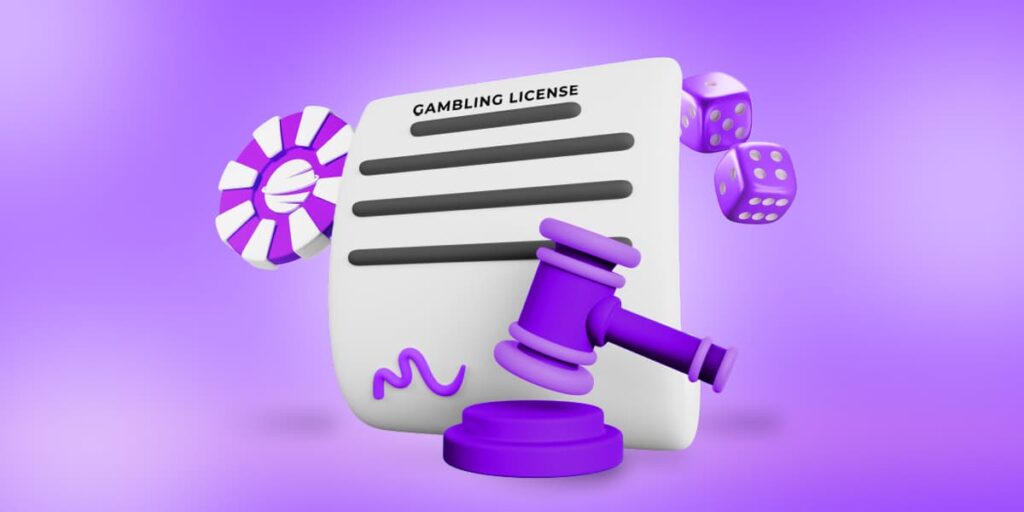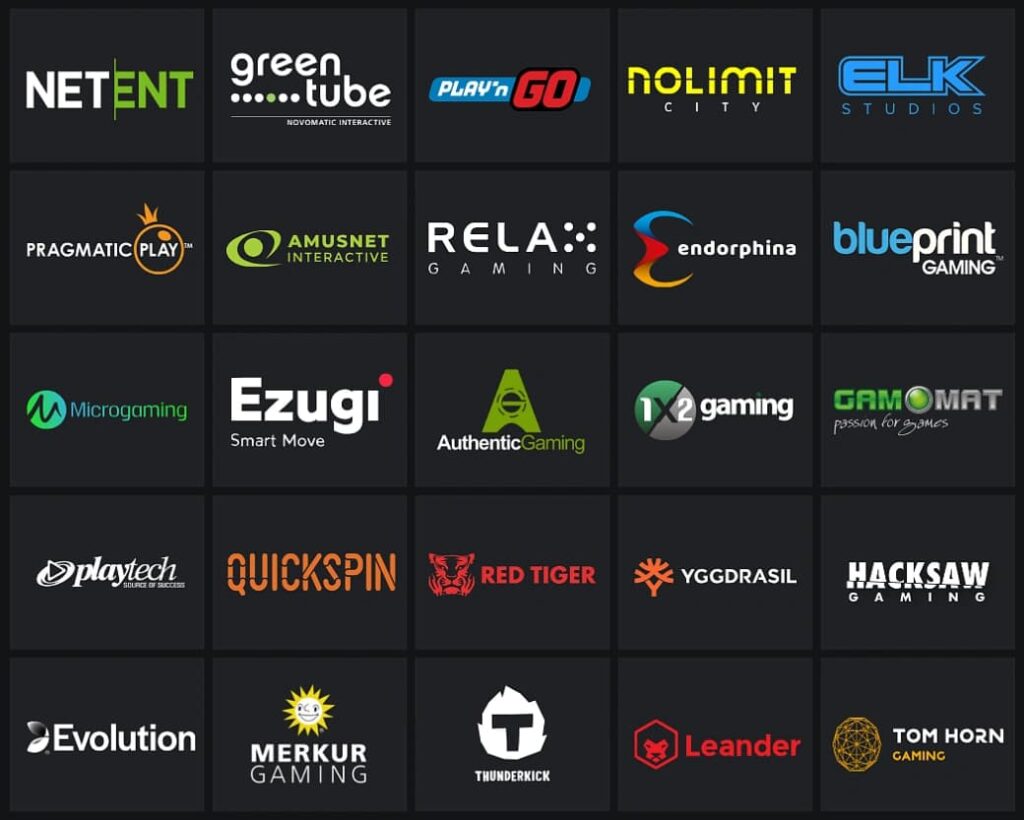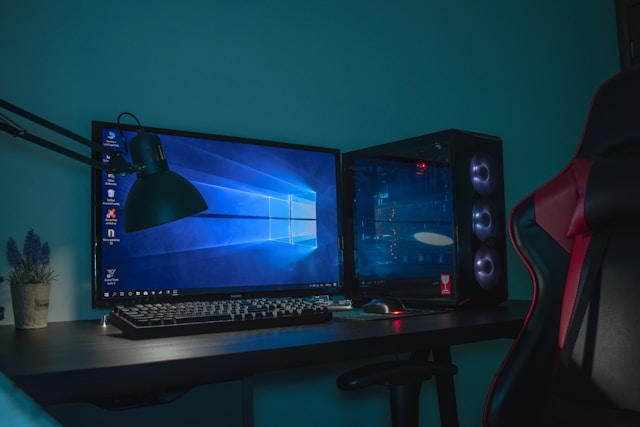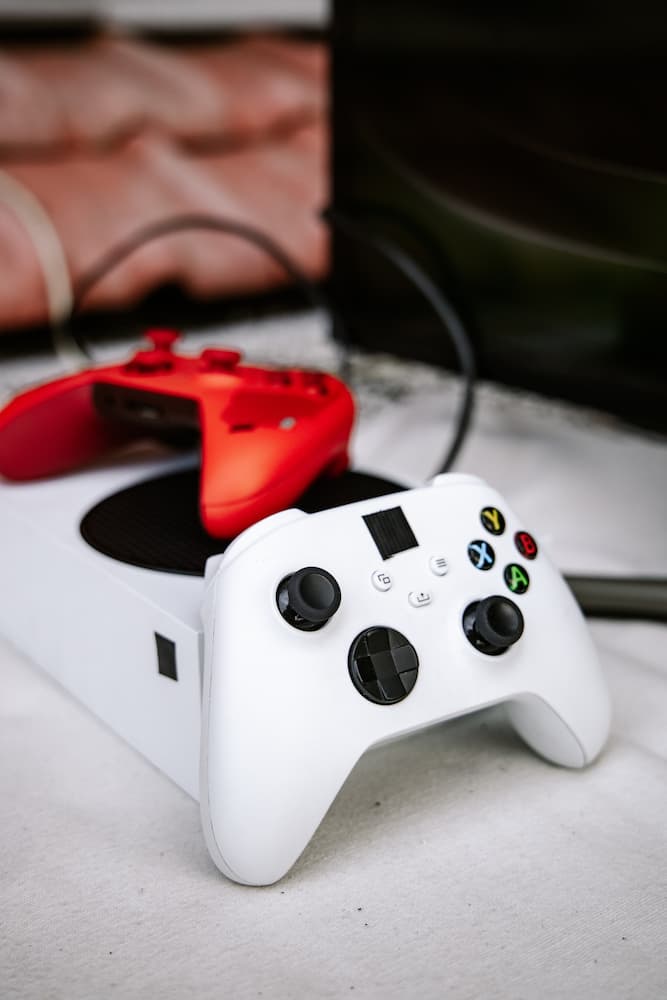Many gamblers mistakenly believe that these are online casinos that obtain licenses for their games. However, before any casino game appears in an online casino, software game providers that have developed them should obtain licenses for them. This is a necessity to prove that these games don’t have bugs and operate fairly. How does it happen and who issues these licenses? Keep on reading to discover that.
Definition And Benefits Of The Online Gaming License

A gaming license is a document that is issued to receive permission in order to operate and run gaming activities legally. This license is needed to confirm the fairness of the gameplay and customer protection, since it regulates the operation of online casinos and the games they offer.
Online casino licenses are given by reputable regulatory authorities. They permit licensed Latvian gambling sites like GGBet Casino to run casino services legally and providers to offer their games to players.
Having a gaming license means getting access to a number of benefits listed below:
- Running a legal business
- Reaching global markets
- Providing authenticity and credibility
- Lower tax rates from some licensing jurisdictions
- Eligibility for being recognized as a top provider and awarded
- Trust from customers
- Opportunity to collaborate with trusted financial institutions
Types Of Gambling Licenses

Casino players know that it is important to join online casinos licensed by reputable gambling commissions and boards. However, not everyone understands that this license isn’t the same as a license obtained for software. Let’s differentiate key types of licenses available nowadays:
- The Business-to-business license (B2B) is issued for game developers so that they could offer their products to online operators.
- The Business-to-consumer licence (B2C) is given to provide services to casino players directly.
- A software license is issued to developers for them to create and offer gaming software.
- A gambling license is given to entities, including online casinos, sports betting sites, and poker rooms that offer players real money games.
- A betting service license is needed to accept bets on sports and similar activities.
- A gaming platform license or online gaming license is issued for the development and management of online gaming sites and apps.
It means that casino providers need to obtain a software license for their products before they suggest them to online casinos.
How To Obtain A Software License?
There are several common requirements every provider should meet to obtain a license for the produced software. First of all, these are requirements issued to a game: it should have high-quality graphics, responsive controls, storytelling, bonuses and rewards to keep players engaged. The software is also checked for fairness and the frequency of payments called Return to Player.

When it comes to licensing requirements, providers should meet, they may include but aren’t restricted to the following points:
- Compilation of the necessary documents
- Payment of fees
- Product registrations
- Software description and system requirements
- Providing confirmations from testing authorities and other authorized bodies.
A provider needs a gambling software operating license if the company creates, supplies, adapts, and installs software used by casino operators. It is necessary to ensure that this software complies with gambling and software technical standards developed by the gambling commission that issues this license.
Subtypes Of Software Licenses
Depending on the way casino software is delivered to customers, it is possible to differentiate between the two subtypes.
- A remote gambling software license is required by the provider if they manufacture, supply, install, or adapt software with the help of remote communication. These games are supplied by means of secure file transmission or by giving operators a link to download this software.
- A non-remote gambling software license is given to companies that manufacture and supply this software using a form of non-remote communication.
Most games in modern online casinos are provided with remote software licenses. It happens because they have developed facilities for operators to make their gambling software available to customers. Providers prefer to host their games on their own servers, and operators allow players to access them with the help of their websites and apps.
As you can see, the process of license receipt is complex and requires a lot of work from game providers before they can offer their new software to customers.







































